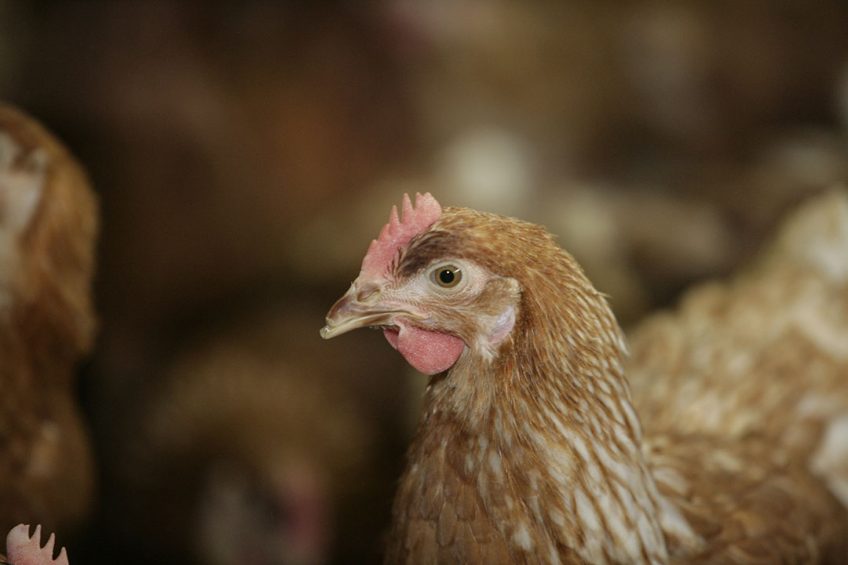EU: Closing the animal welfare gap

Animal welfare in the European Union needs to be improved to meet consumer and stakeholder concerns, according to a new report released by the European Court of Auditors.
Auditors visited five Member States – Germany, France, Italy, Poland and Romania – and found weaknesses persisting in relation to farm animals, particularly over animal transportation, slaughter practices and general on-farm welfare of pigs.
While the auditors found that Member States generally acted on European Commission recommendations, it often took a long time to do so, and there was still weaknesses in compliance with minimum standards.
There is also room to improve coordination with cross-compliance checks and better use could be made of the Common Agricultural Policy to promote higher animal welfare standards, the report said.
Janusz Wojciechowski, member of the European Court of Auditors responsible for the report, said: “The European Commission has been proactive in addressing stakeholders’ concerns, but we still need to close the gap between the ambitious goals and practical implementation.”
Poultry
The audit found that the Commission had used both guidance and enforcement to achieve compliance in Member States and had been successful in implementing the ban on unenriched cages that do not allow laying hens to express their natural behaviour.
But there was concern at the different slaughter practices in poultry abattoirs and in particular inadequate stunning procedures, especially for waterbath stunning of poultry, where hens are leg-shackled to a moving line and pulled head down through electrified water.
One area highlighted in the report is the intransigence of some Member States to meet EU Commission recommendations. The Commission recommended to France in 2010 to use appropriate equipment to carry out official inspections on environmental parameters (temperature, light intensity and gas concentrations) on farms and during transport.
That legislation had been in force since 2000 and the French inspectors’ procedure manual specifies that the maximum permitted concentration of NH3 (ammonia) is 20 parts per million and that this should be measured with specialised equipment.
However, the auditors found that the French authorities had not procured all the required equipment by the time of the audit. During their visit to a laying hen farm certified as free-range, where the presence of ammonia inside the building was evidence, the French inspector did not have the necessary equipment to measure the level of gas concentration.
This prompted the French authorities to notify the Commission earlier this year that it had procured the measurement equipment – 18 years after the legislation had been introduced.
Similarly, it took the Commission 13 years to be satisfied that the Italian authorities had met its recommendations concerning the practice of forced moulting in laying hen farms. Forced moulting involved provoking a flock to shed their feathers simultaneously, typically by withdrawing food, water and/or light with the aim to increase egg production.
Forced moulting has been linked to salmonella infection risks.













